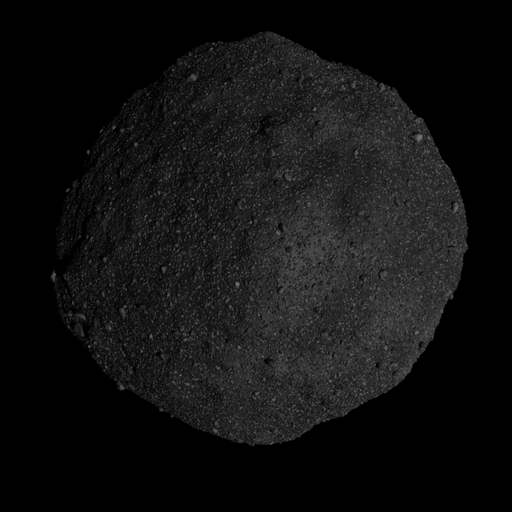Realistic visualization of solar system small bodies using Blender ray tracing software
- 1Department of Physics, University of Helsinki, Finland (antti.i.penttila@helsinki.fi)
- 2Institute of Geology of the Czech Academy of Sciences, Czech Republic
- 3Department of Geosciences and Geography, University of Helsinki, Finland
Physically realistic simulated images of small bodies are needed, for example, when planning for space mission operations and testing for performance of imaging instruments on board. With smaller bodies (asteroids, comets), the geometry of the body and the photometric properties of the surface might not be known in detail before the mission. However, one can use rougher shape models and simulate realistic small-scale surface features such as boulders, craters, and albedo variations. Using this kind of simulated target shape, one can employ ray tracing software such as Blender (https://www.blender.org/) and create physically realistic models of irradiances received by a camera on a spacecraft with given position.
We have developed a Python/Blender-based software package (https://bitbucket.org/mariofpalos/asteroid-image-generator/) that is targeted to simulate the performance of the ASPECT hyperspectral camera onboard the MILANI CubeSat on ESA Hera mission. We also seek to develop the package to be used with the MIRMIS hyperspectral camera onboard the ESA Comet Interceptor mission. The package can both be used to produce the simulated image of the target in given observing geometry, and the same image when taking into account the optics throughput and the sensitivity of the detector. Planetary photometric functions such as Lommel-Seeliger and ROLO models are programmed as Blender shaders for realistic output. Therefore, the tool can be used to optimize the mission operations from the imaging point of view, and to verify the performance of the imaging instrument in the planned conditions.

Figure: An example image of rough-scale geometric model of the asteroid (101955) Bennu with simulated procedural small-scale details on the surface. The visualization is done in Blender using Lommel-Seeliger photometric shader.
How to cite: Penttilä, A., Palos, M. F., and Kohout, T.: Realistic visualization of solar system small bodies using Blender ray tracing software, European Planetary Science Congress 2021, online, 13–24 Sep 2021, EPSC2021-791, https://doi.org/10.5194/epsc2021-791, 2021.

